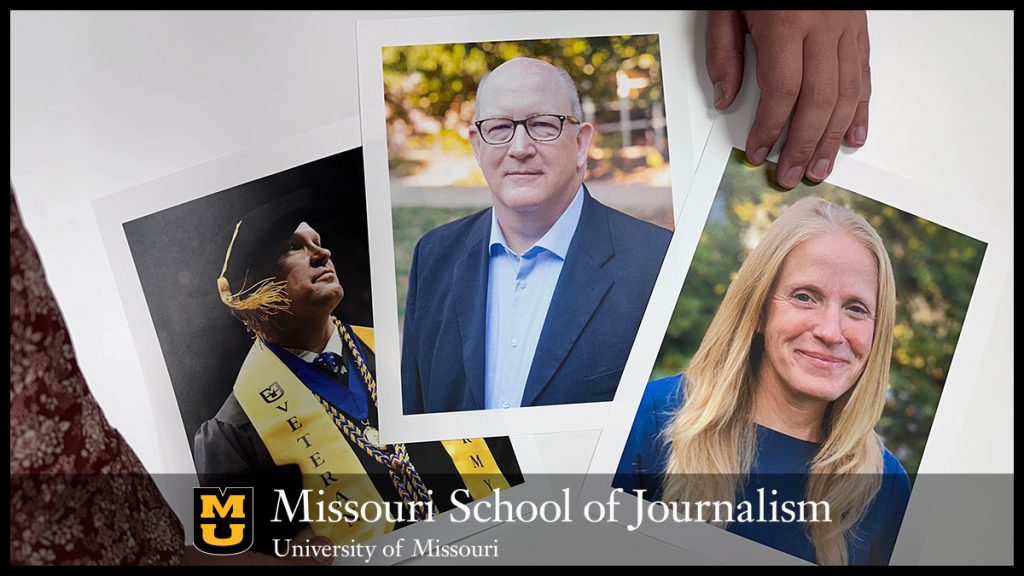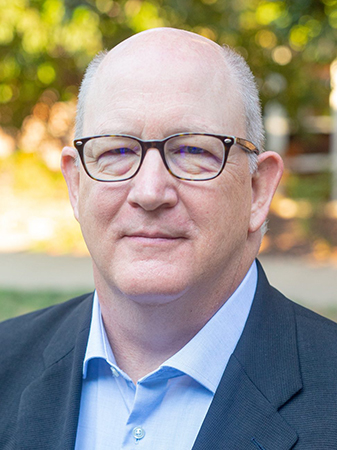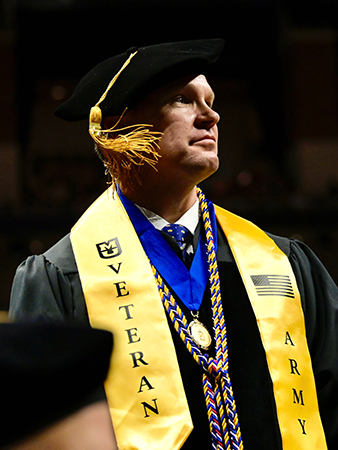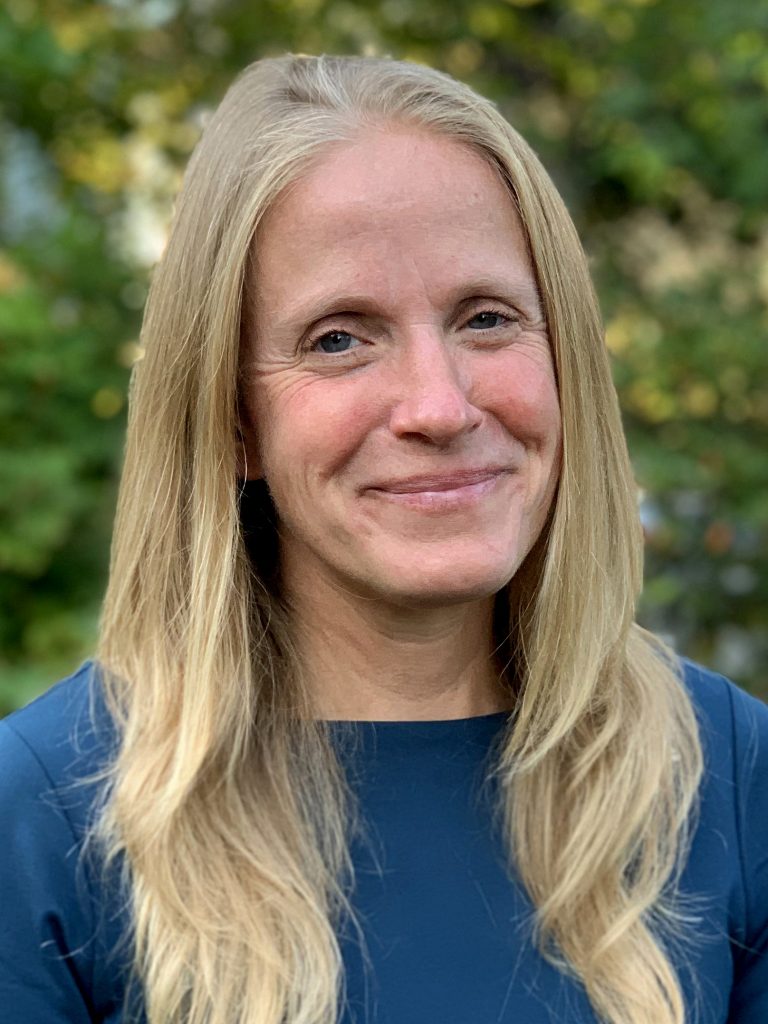Research from Missouri School of Journalism shows audiences aren’t squeamish about war photography

COLUMBIA, Mo. (Oct. 28, 2024) — Wartime photography has existed almost as long as photography itself, and navigating the line between exploitation and informing audiences has intertwined with that history from the beginning.
Photographers during the American Civil War sometimes moved bodies in the aftermath of grisly battles to facilitate clear-cut narratives in their images, trampling over what would now be considered lines of ethical conduct and producing shocking images that were not published in newspapers. A century later, photographers documenting the Vietnam War eschewed manipulation but produced images that have proven equal parts enduring and horrifying: A monk on fire; a man’s summary execution in the street; a 9-year-old girl screaming, covered in napalm burns.

Prior research has thoroughly examined how news organizations determine which side of the line any given image falls on, but how audiences view those same images has received less attention. Now, a new paper published in Digital Journalism by Associate Professor Keith Greenwood and his team shows that, even in an era of declining public trust in news media, audience preferences line up remarkably well with those of photographers and editors.
“Keith and his team have filled in a critical piece of the relationship between photojournalism and the public it strives to inform,” said David Kurpius, dean of the Missouri School of Journalism. “News is not a one-sided conversation, and good community reporting in any medium requires an understanding of how people receive the content they are given. This research opens up that conversation in a way that has tremendous value for the industry.”


Greenwood, Pulitzer Prize-winning photographer Lisa Krantz, Ph.D. ’24, and O.O. McIntyre Fellowship winner Cory MacNeil, Ph.D. ’24, showed participants a series of images from the ongoing war in Ukraine and asked them to sort the images based on how much they would want to see them in the news.
“Everyone was pretty willing to see some degree of graphic content,” Greenwood said. “Overall, they had a sense that journalism’s responsibility is to show people what is going on in the world.”
Where to draw the line
The participants didn’t agree on everything; some preferred to see the impacts of war on non-combatants, and while they were relatively accepting of depictions of blood and injury, they favored images showing those Greenwood called “the people stuck in the middle.”
On the other end of the spectrum were those who accepted more extreme realities of war, such as stark portrayals of bodies in the street. But even the most open-minded respondents drew a line at exploitation.
“The thing that was pretty consistent among all the participants was, while they might be willing to accept graphic pictures, they weren’t accepting of something that was graphic just for the sake of shock,” Greenwood said. “Something that was just put out there with no purpose — that’s where they drew the line. But if there was a message there, they could understand.”
Krantz, who spent months compiling a series of photographs representing a range of “levels of graphicness” that the team whittled down into a final set of images, said that she was not necessarily surprised that people showed a strong tolerance for the images, but she was gratified by their willingness to appreciate nuance within images of brutality.
“There were a couple of portraits we included in the final edit where people had shrapnel in their faces,” Krantz said. “They were looking directly at the camera, and the people we interviewed said that what drew them to those photographs was resilience. They were being really thoughtful about who was in the photographs and how their story was told.”
This element of the research also stood out to Brian Kratzer, director of photography for the Columbia Missourian (the Missouri News Network’s community newspaper), who was not involved in the research.
“I was somewhat surprised to read that the portraits resonated so strongly,” Kratzer said. “But that makes sense when you consider the impact and connection that eye contact has in communication.”
Kratzer added that these images in particular demonstrated why photographers and editors need to have room to make judgment calls in situations where there are no clear-cut, surface-level answers.
“The research does an excellent job helping define just how ambiguous the guidance is — but for good reason,” he said. “Policies set against coverage remove the nuanced thought processes required to make situational decisions about photographs. In the end, we have a responsibility to inform in contextual and humanistic ways, and as the research points out, there is no easy solution.”
Closing the gap
Nor is there an easy solution for the dual phenomena of news avoidance — in which a growing number of people worldwide avoid consuming the news — and declining trust in news organizations, though MacNeil said the research offers some hints.
As the only member of the team with experience in both the military and in photojournalism, MacNeil believes the study’s approach of asking people to give their full attention to war images and their implications highlights the necessity of finding ways to bringing journalists closer together with the communities they serve.
“Any journalist would love to have the level of interaction we had with people who had their full attention on the photographs,” MacNeil said. “That’s a different kind of encounter than when someone is scrolling through their news feed and there’s no one saying, ‘hey, I want your full attention. I’m going to physically lay out these photographs on the table, and you’re going to pick them up with your hands and move them around.’ Can you imagine the trust we would have as journalists?”
One approach to closing that gap could be to sync up a conversation that has been happening in parallel on both sides of the news divide, inside newsrooms and among the public.
It’s a topic that MacNeil and Kratzer have discussed at length: the line between finding an image offensive and finding it necessary; between having one’s experiences represented and having them exploited. And fittingly, perhaps the most important insight to be gained from the research is that the conversations taking place in newsrooms around the country are usually getting it right.
“We wanted to find out how closely the assumptions that have been made in newsrooms line up with how the viewing public thinks,” Greenwood said. “And in a lot of ways, what the news managers have been considering is the right stuff. They have maybe been a little more conservative than what most of their audience would accept, and they could probably push the envelope a little more. But that doesn’t mean they have to.”
Updated: October 28, 2024